Smart Centres Planning Mixed-Use Community for Oakville’s Uptown Core
Source: UrbanToronto
As Oakville grows, its new Uptown Core at Dundas Street and Trafalgar Road is set to become a multi-use centre. SmartCentres REIT’s 52-acre site along Oak Park Boulevard aims to become a new urban heart of the community through a multi-phased, master-planned redevelopment. Capitalizing on the area’s existing street grid, transit accessibility, and nearby arterial roads and highways, the first phase of this new community is a pair of 28- and 29-storey towers designed by Turner Fleischer Architects to be developed by SmartCentres’ residential sub-brand, SmartLiving, on behalf of Metrontario and the Penguin Group of Companies.
Context map, SmartCentres Oakville North, image courtesy of SmartCentres REIT
As part of SmartCentres’ evolution “From Shopping Centres to City Centres”, the plan for SmartCentres Oakville North will bring a mix of higher-density residential and fine-grained neighbourhood retail to the existing open-air shopping centre. Oakville’s Uptown Core is already primed for walkability with a radial road network framed by mid-rises and townhomes beyond. Those existing buildings will become the transition between the higher densities planned for the site and planned and under-construction high-rises to the north. SmartCentres intends to build on the community’s existing walkability enhancing the existing and planned transit connections to attract the types of residents who prefer a condominium, transit-connected, urban lifestyle.
SmartCentres Oakville North, image courtesy of SmartCentres REIT
SmartCentres Oakville North’s first phase towers feature a design that draws its inspiration heavily from the area’s heritage, in the late 19th century a rural community known as “the Strawberry Capital of the Canadas.” A farmer named John Cross, among those who introduced strawberry growing here, designed and manufactured wooden veneer strawberry baskets, the woven baskets now inspiring the tower design.
SmartCentres and Turner Fleischer are intentionally proposing some key differences design-wise here from what one would find in a market like Downtown Toronto, with a more intimately scaled massing to enhance the condos’ approachability from street level, providing more than double the typical separation distance between towers to maximize privacy and ‘breathability’ for residents. Residents with south-facing suites on upper floors will have a view of Lake Ontario from their windows and balconies.
Basket weave influenced design at SmartCentres Oakville North, image courtesy of SmartCentres REIT
A combined 585 residential units are proposed in the first phase of the community, including eight townhouse units at grade. Residents will enjoy 11,900 ft² of indoor amenities, plus another 13,000 ft² of outdoor amenity space. Plus with the Town of Oakville having designated the urbanization of Oak Park Boulevard to achieve the goals of walkability and an enhanced public realm through the delivery of animating and retail uses. To this effect, 6,350 ft² of street-fronting retail space will face the sidewalks, providing an improved pedestrian environment for those living here.
Transit plays a key role in the first phase as well as the wider community master plan: the site is located at the nexus of two transit corridors, with infrastructure enhancements coming that include dedicated Bus Rapid Transit (BRT) lines on Trafalgar Road. Residents of the community will be able to catch the BRT at the Oak Park/Trafalgar stop, getting easy access to destinations such as Oakville GO Station.
For drivers, SmartCentres Oakville North community will be well situated with highways 407, and the QEW/403 virtually equidistant to the north and south of the site respectively, allowing for direct garage-to-garage commutes around the region. Highway 403 is located just to the east, with access off of Dundas. Average travel times of 30-40 minutes to Union Station in Downtown Toronto, 20-30 minutes to Pearson International Airport in Mississauga, and around 30 minutes to Downtown Hamilton.

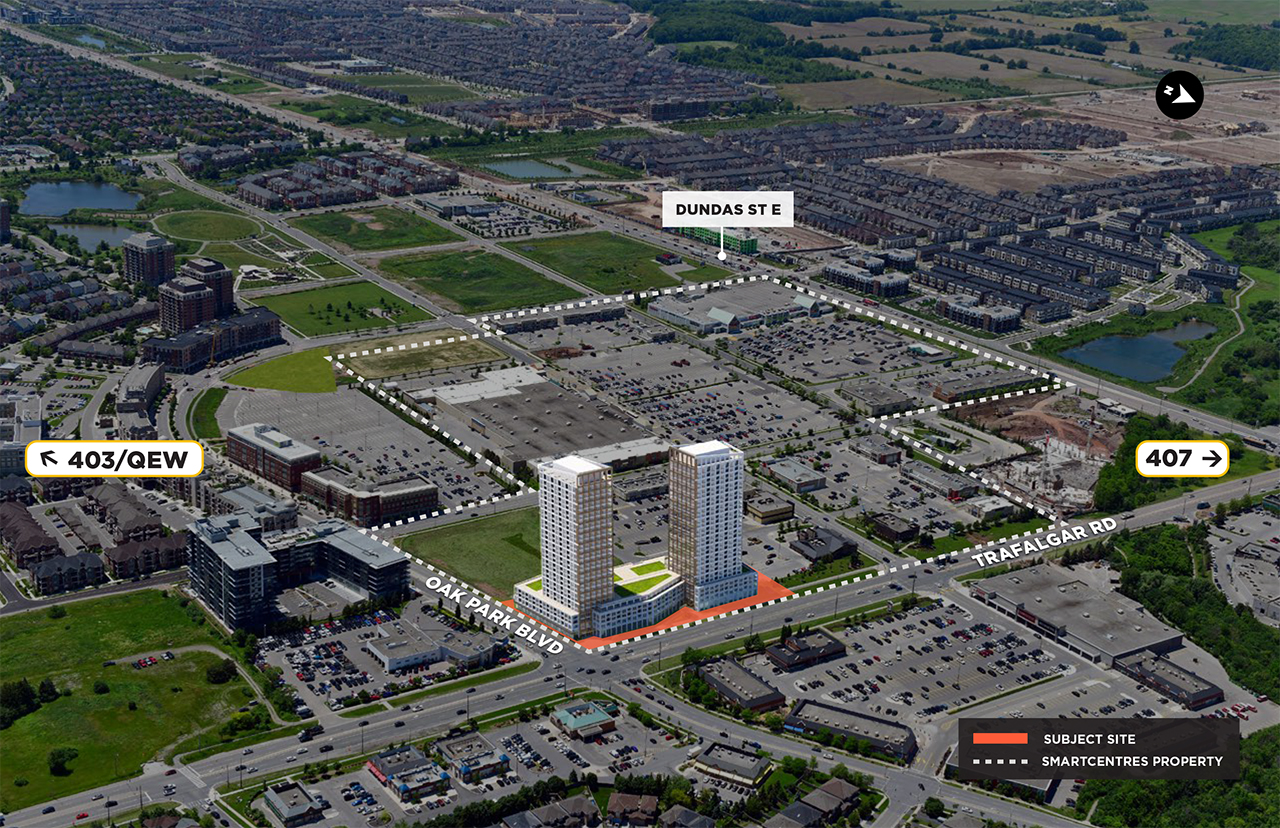
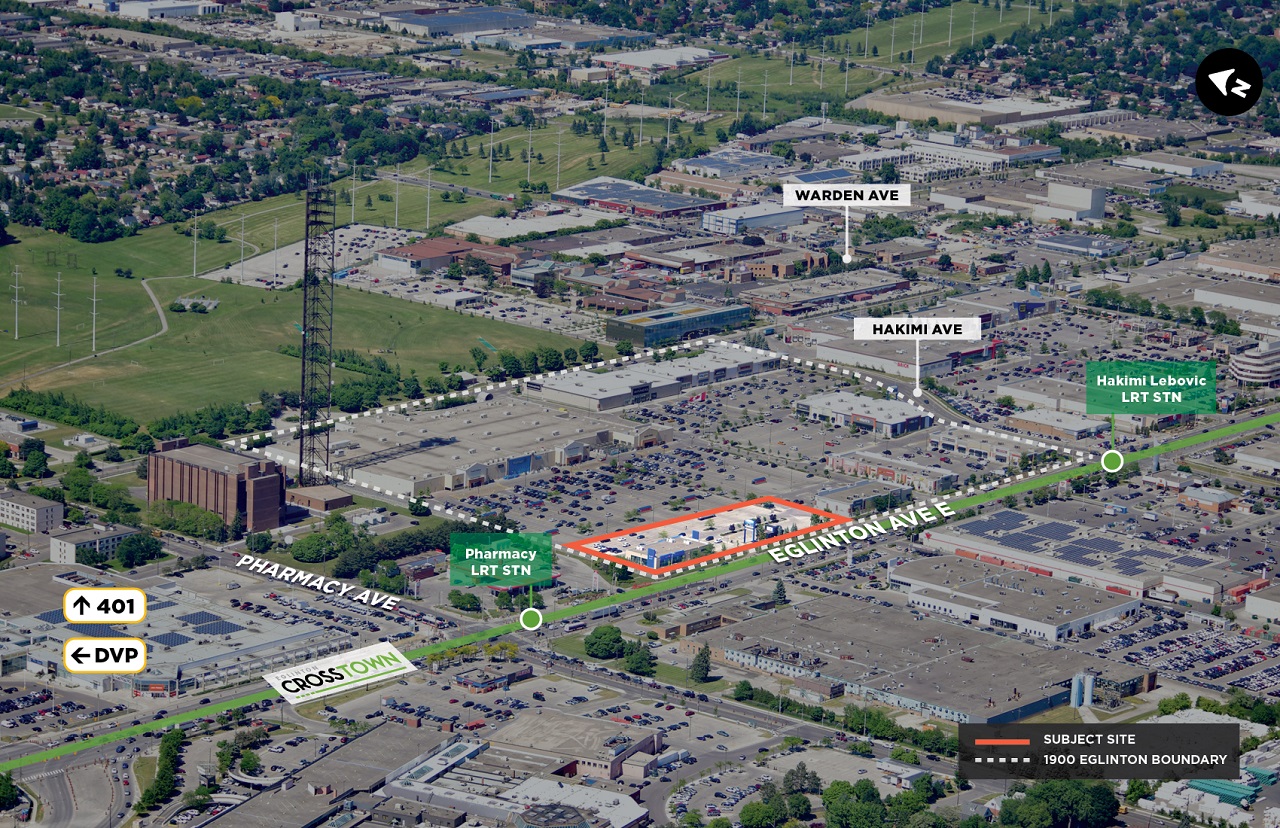 Site of 1900 Eglinton East, image courtesy of SmartCentres REIT
Site of 1900 Eglinton East, image courtesy of SmartCentres REIT Looking northeast across Eglinton Avenue to 1900 Eglinton East, image courtesy of SmartCentres REIT
Looking northeast across Eglinton Avenue to 1900 Eglinton East, image courtesy of SmartCentres REIT Looking northwest to public plaza at 1900 Eglinton East, image courtesy of SmartCentres REIT
Looking northwest to public plaza at 1900 Eglinton East, image courtesy of SmartCentres REIT Looking northwest over
Looking northwest over 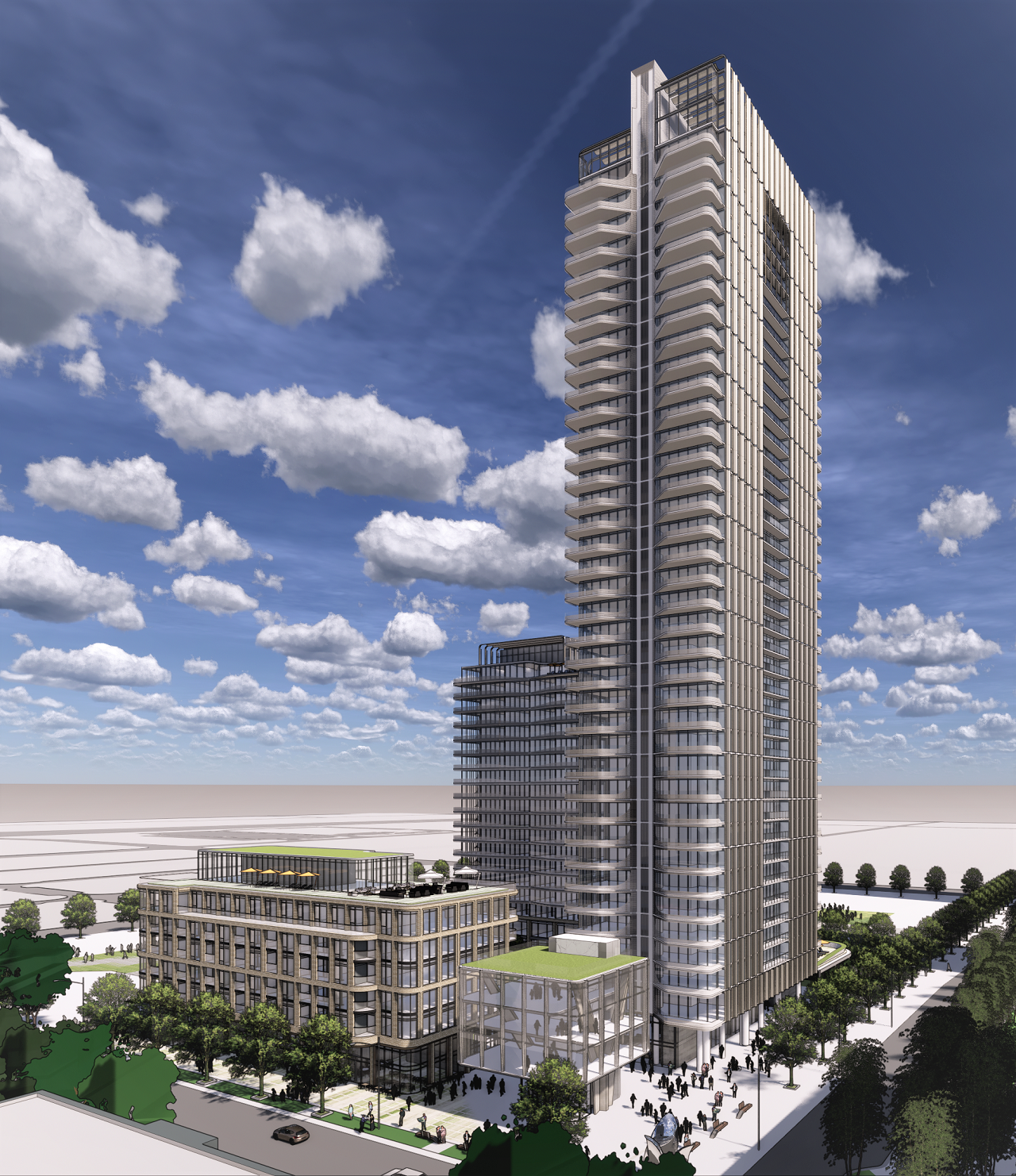 Looking northwest to 101 Edgeley Boulevard, image courtesy of SmartCentres REIT
Looking northwest to 101 Edgeley Boulevard, image courtesy of SmartCentres REIT Looking south toward KPMG Building to 101 Edgeley Boulevard, image courtesy of SmartCentres REIT
Looking south toward KPMG Building to 101 Edgeley Boulevard, image courtesy of SmartCentres REIT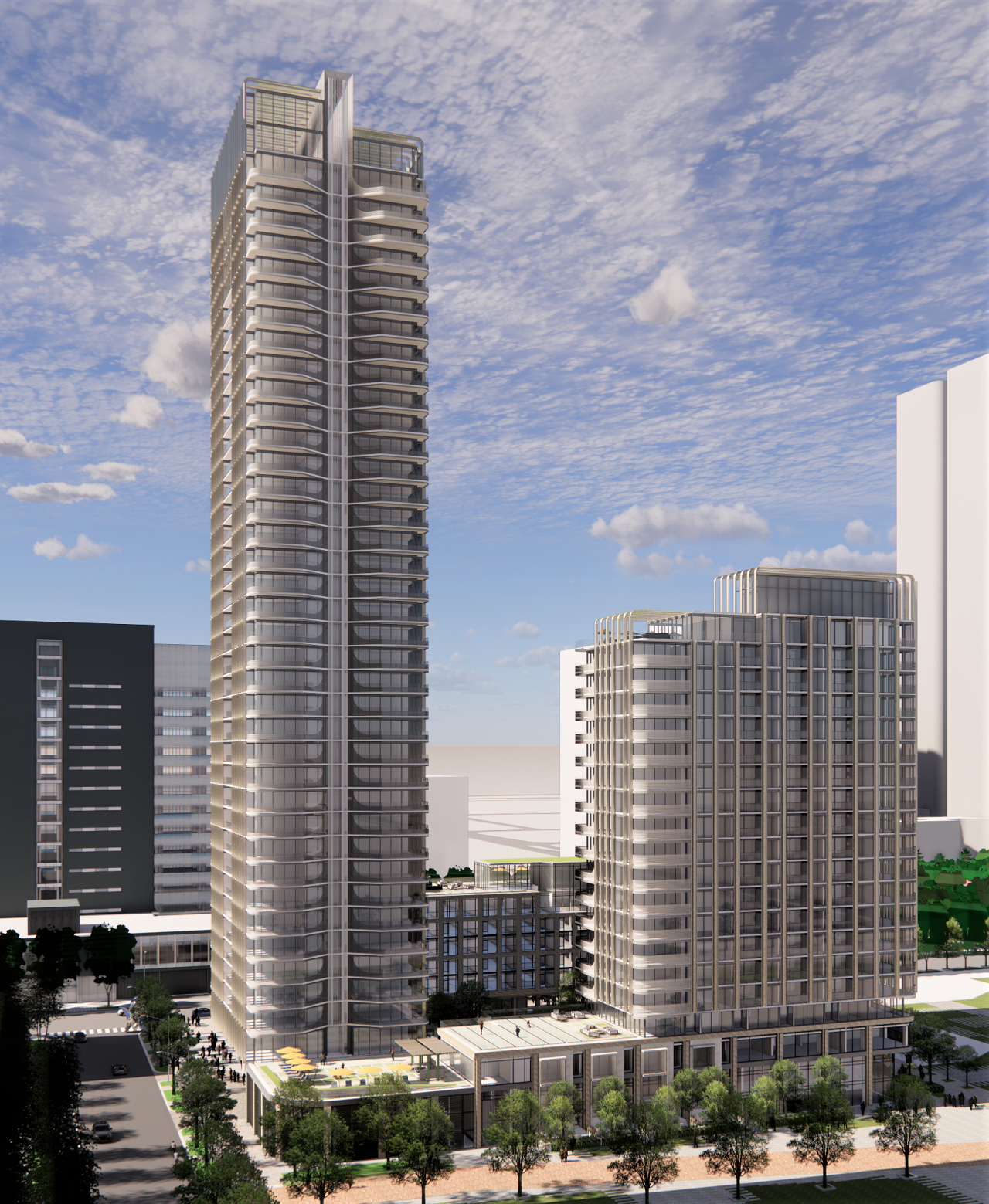 Looking south to 101 Edgeley Boulevard, image courtesy of SmartCentres REIT
Looking south to 101 Edgeley Boulevard, image courtesy of SmartCentres REIT Looking northwest to 101 Edgeley Boulevard, image courtesy of SmartCentres REIT
Looking northwest to 101 Edgeley Boulevard, image courtesy of SmartCentres REIT Courtyard at 101 Edgeley Boulevard, image courtesy of SmartCentres REIT
Courtyard at 101 Edgeley Boulevard, image courtesy of SmartCentres REIT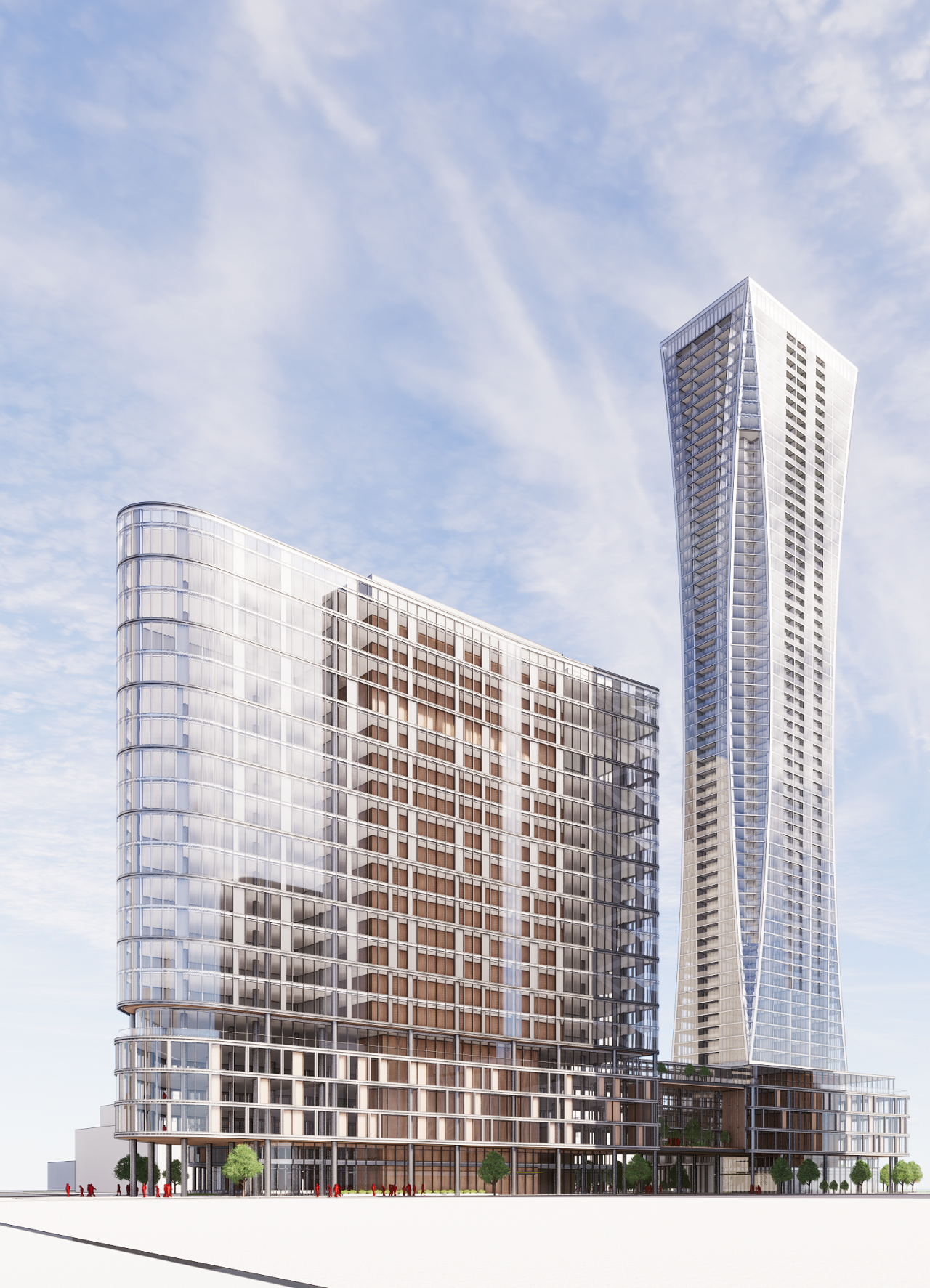 Looking northeast to 175 Millway, image courtesy of SmartCentres
Looking northeast to 175 Millway, image courtesy of SmartCentres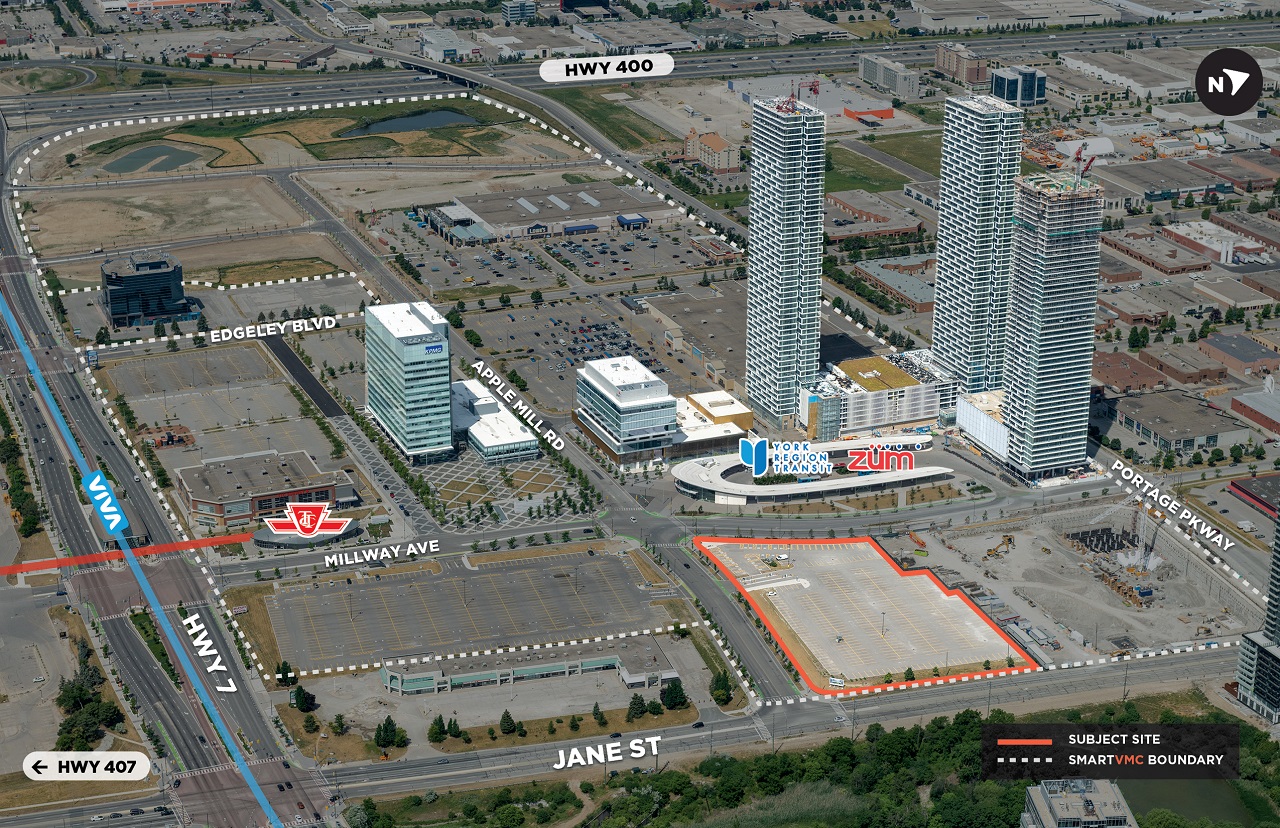 Site of 175 Millway, image courtesy of SmartCentres
Site of 175 Millway, image courtesy of SmartCentres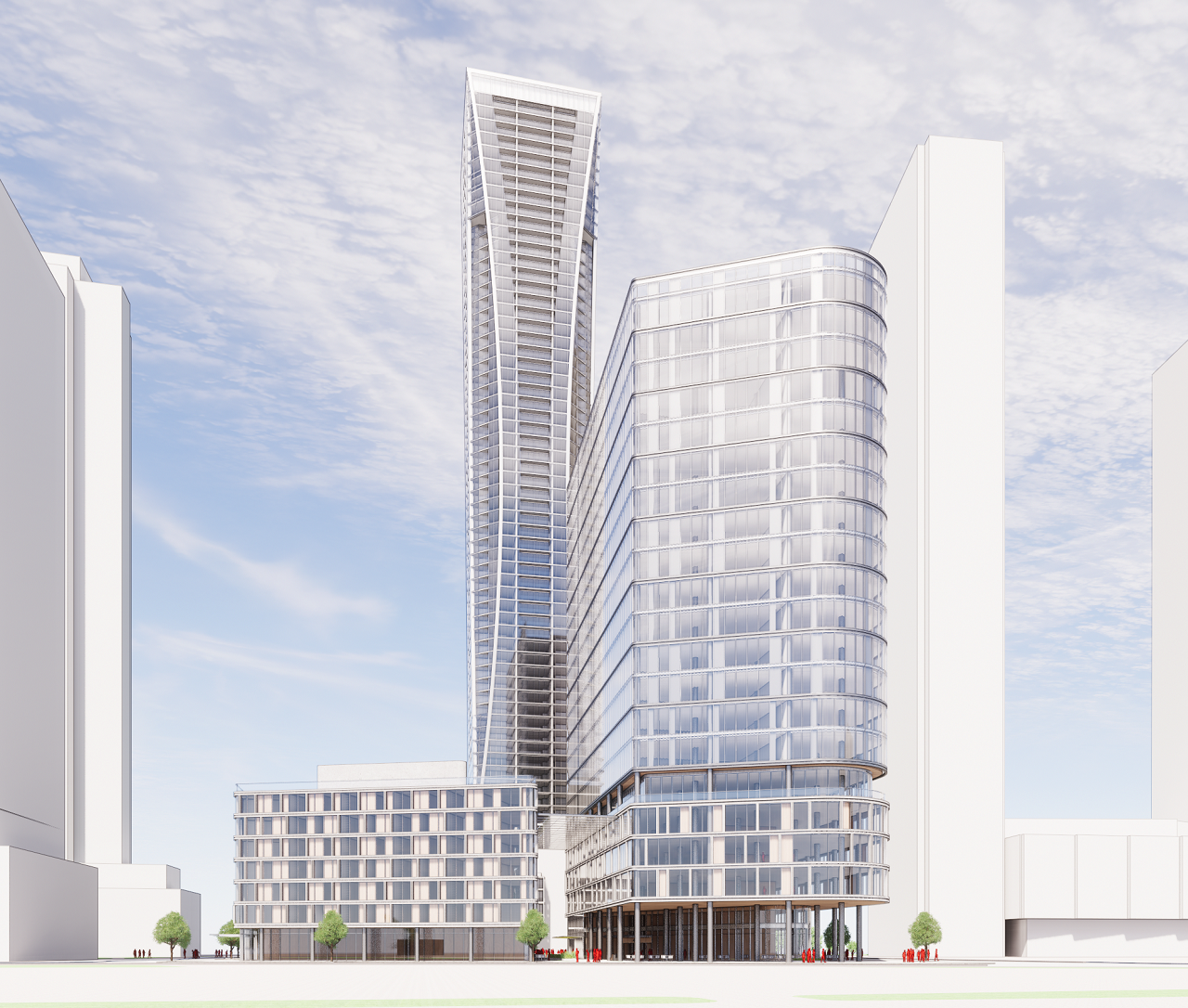 Looking east to 175 Millway, image courtesy of SmartCentres
Looking east to 175 Millway, image courtesy of SmartCentres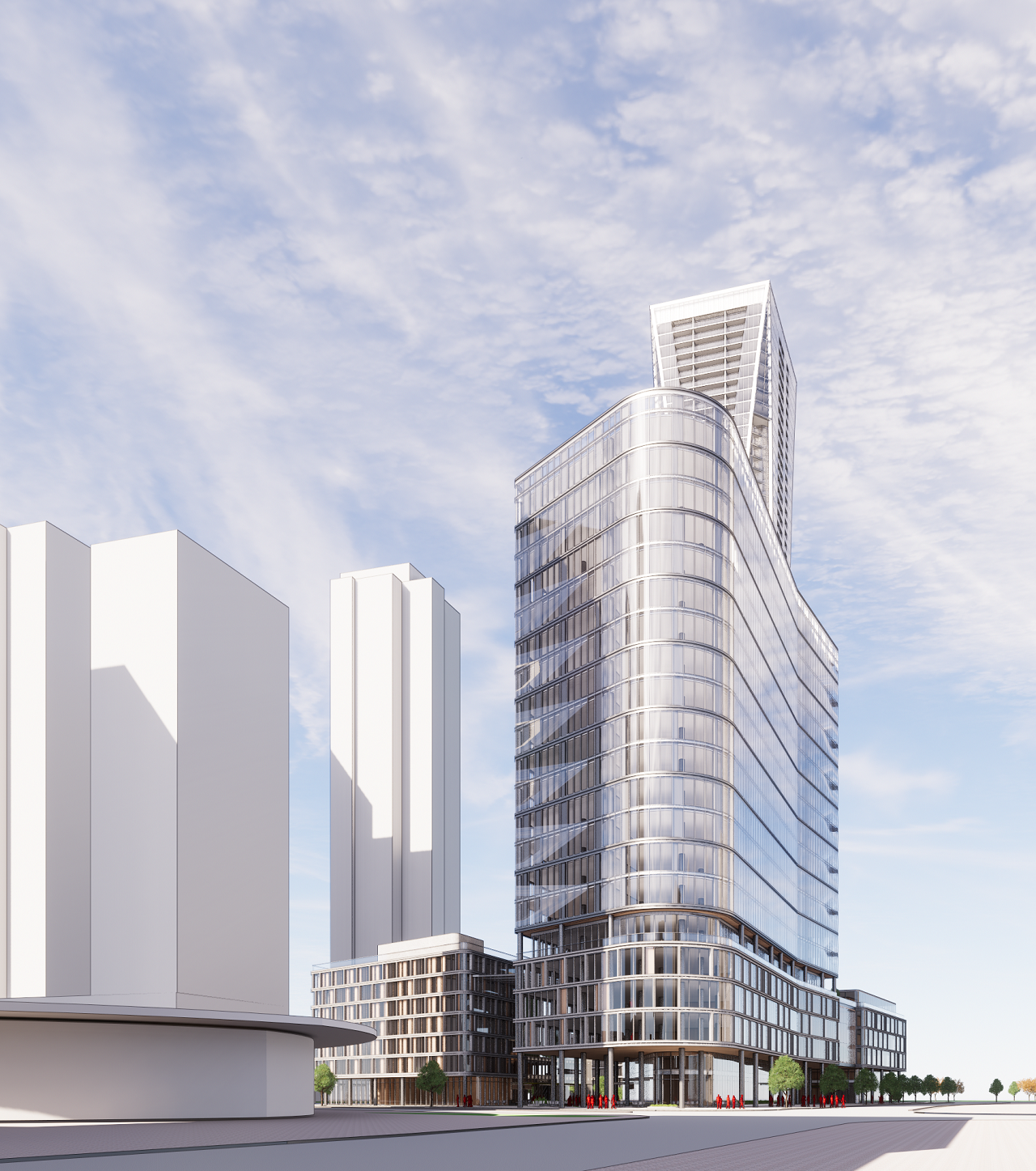 Looking east to 175 Millway, image courtesy of SmartCentres
Looking east to 175 Millway, image courtesy of SmartCentres Archival photo of Edgeley, image courtesy of City of Vaughan
Archival photo of Edgeley, image courtesy of City of Vaughan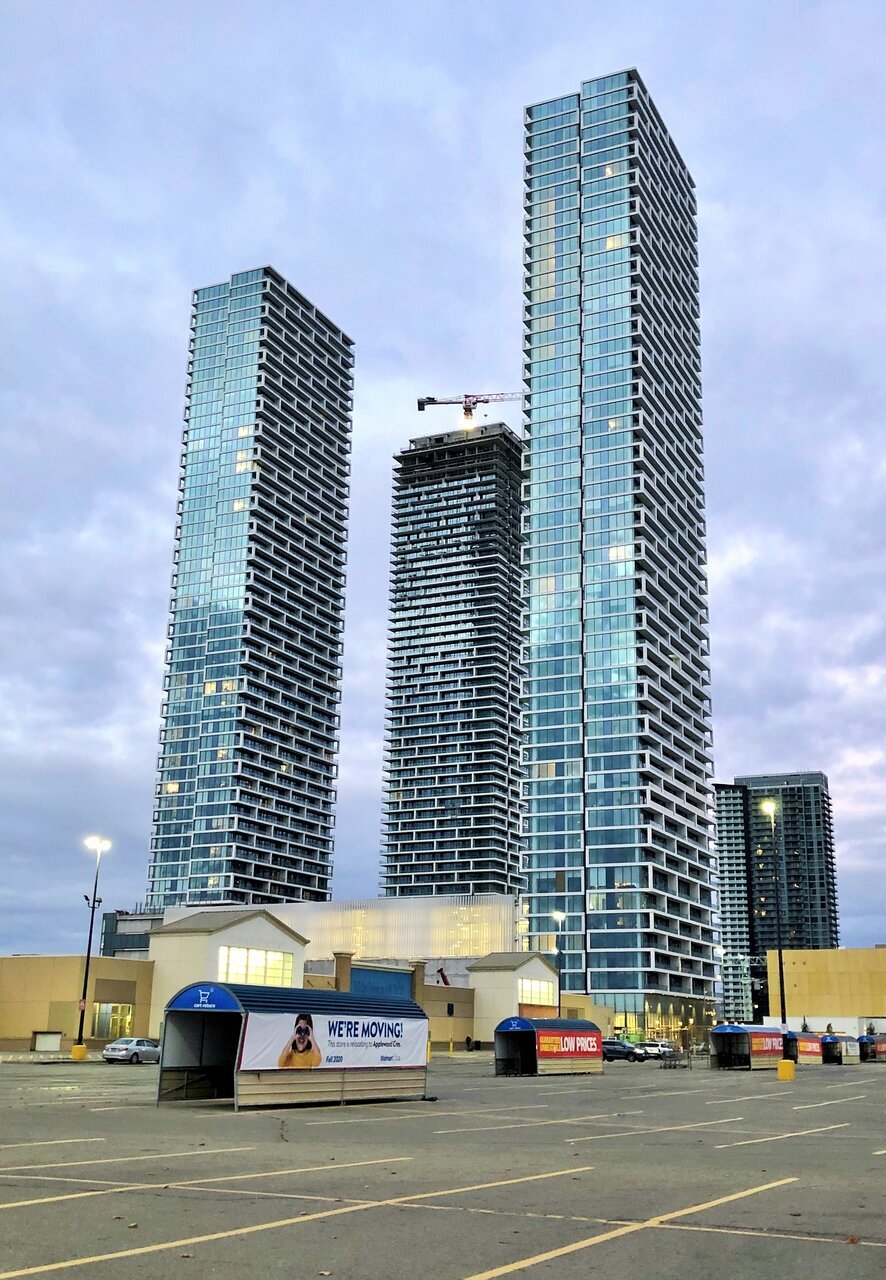 Transit City Condos, image by Forum contributor DarkSideDenizen
Transit City Condos, image by Forum contributor DarkSideDenizen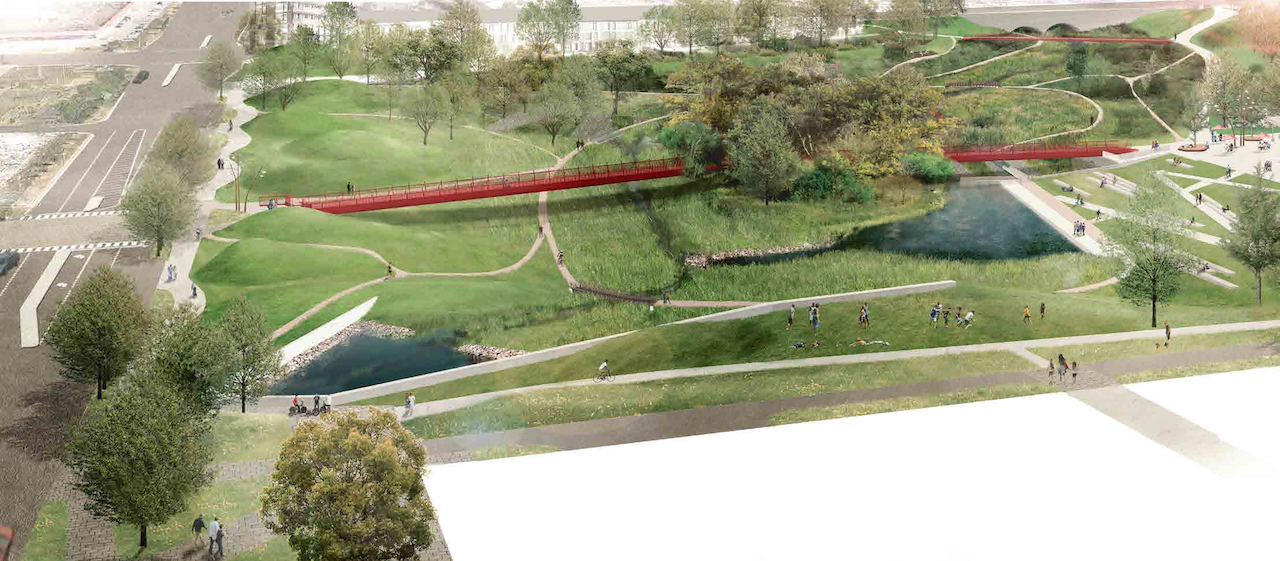 Edgeley Pond + Park, image via vaughan.ca
Edgeley Pond + Park, image via vaughan.ca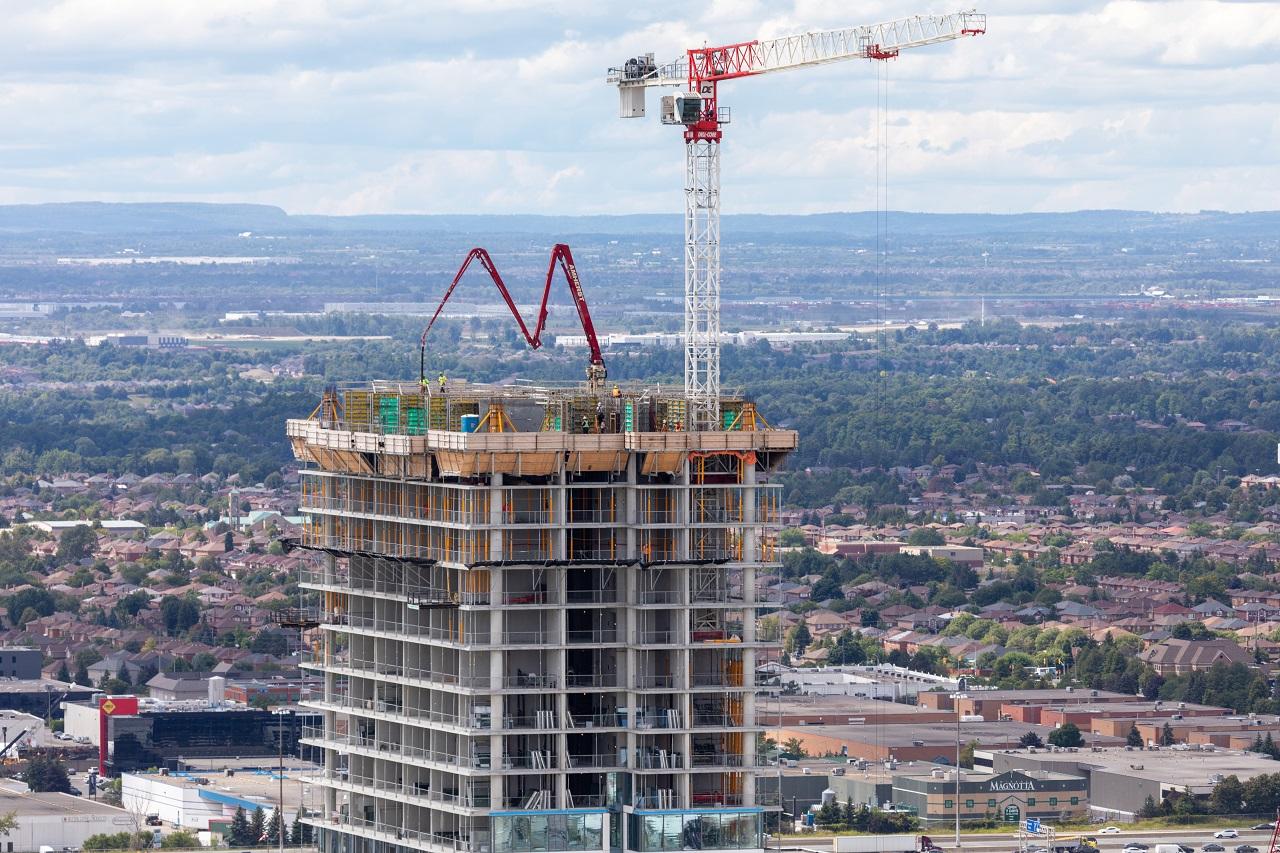 Construction in the VMC area, image by Jack Landau
Construction in the VMC area, image by Jack Landau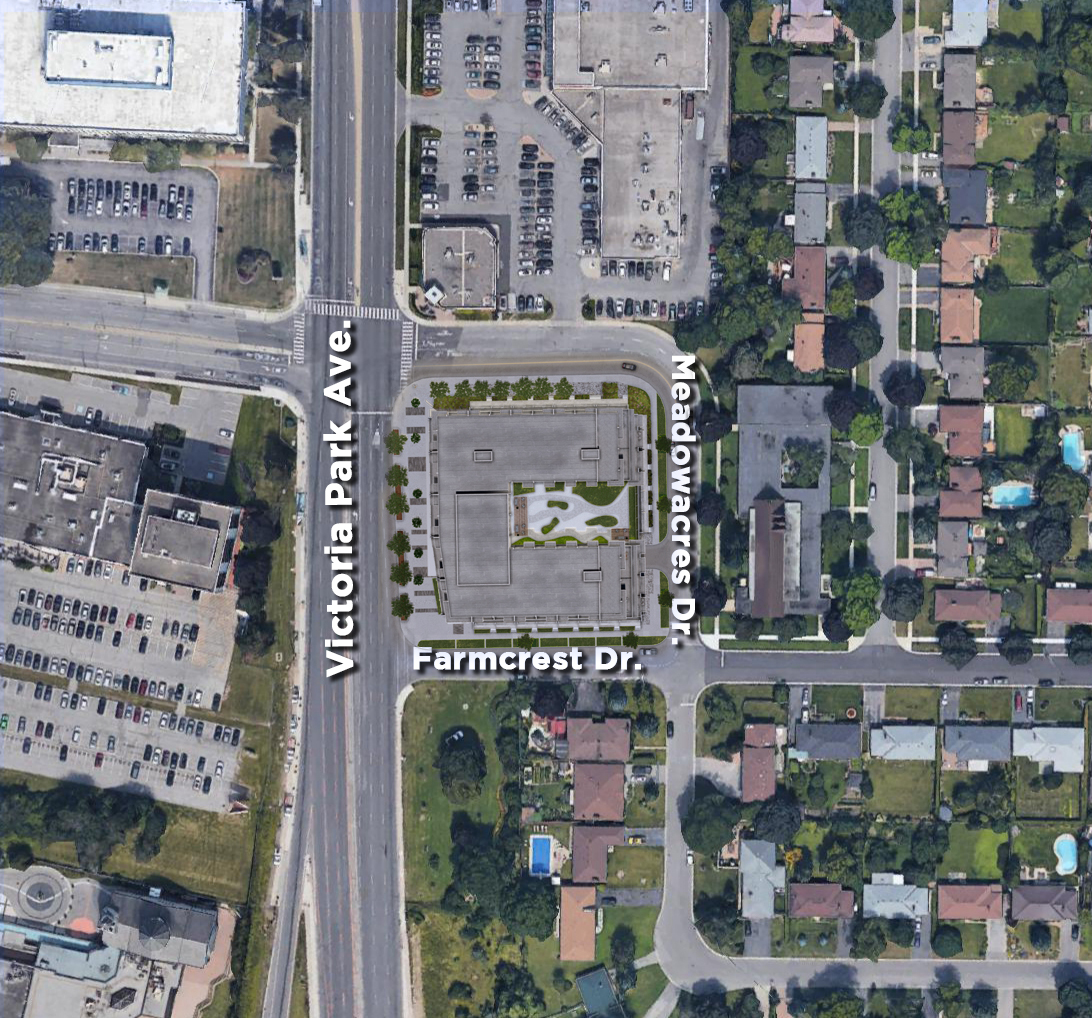 Site of 2501 Victoria Park, image courtesy of SmartCentres
Site of 2501 Victoria Park, image courtesy of SmartCentres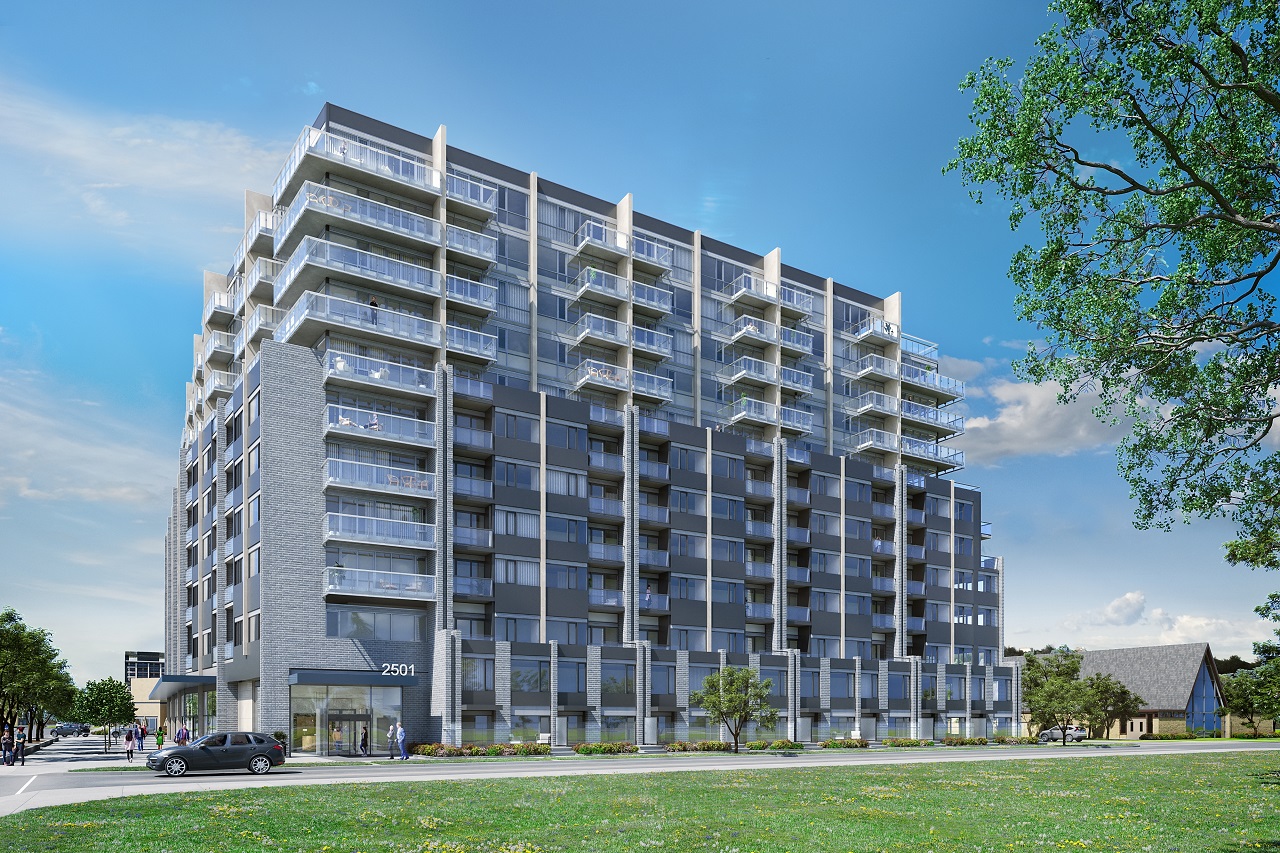 2501 Victoria Park, image courtesy of SmartCentres
2501 Victoria Park, image courtesy of SmartCentres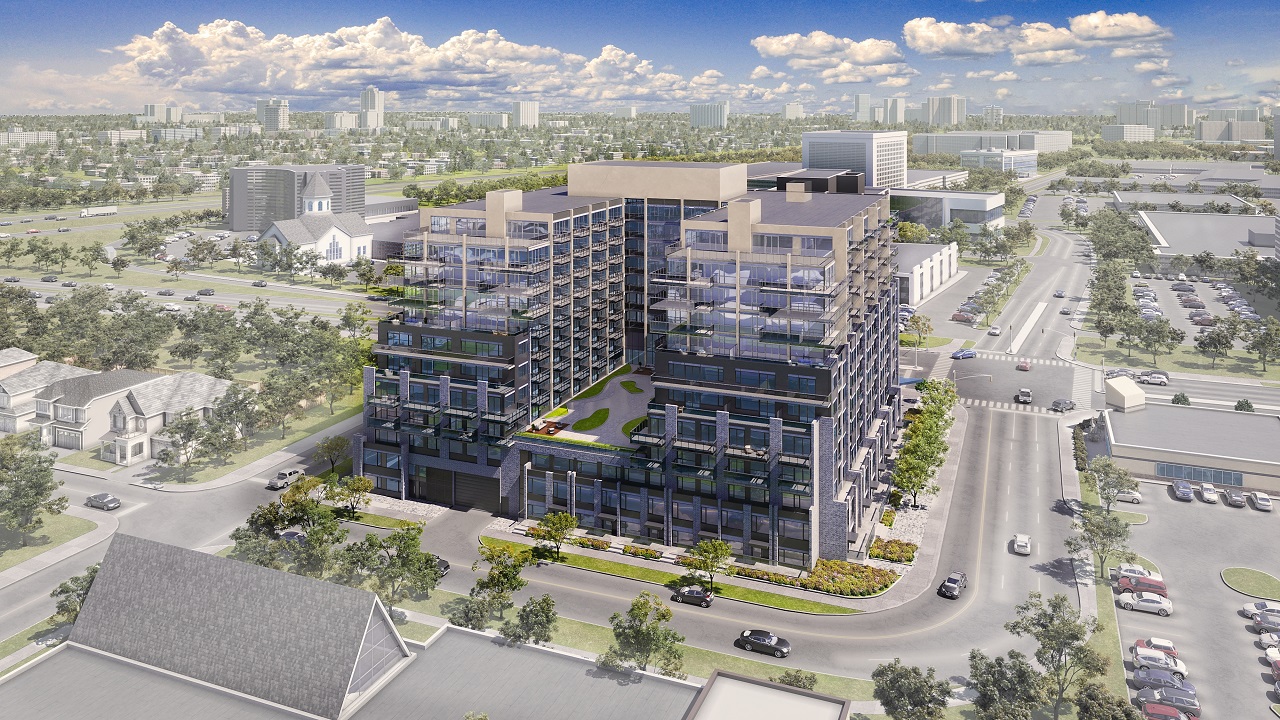 Looking west over 2501 Victoria Park, image courtesy of SmartCentres
Looking west over 2501 Victoria Park, image courtesy of SmartCentres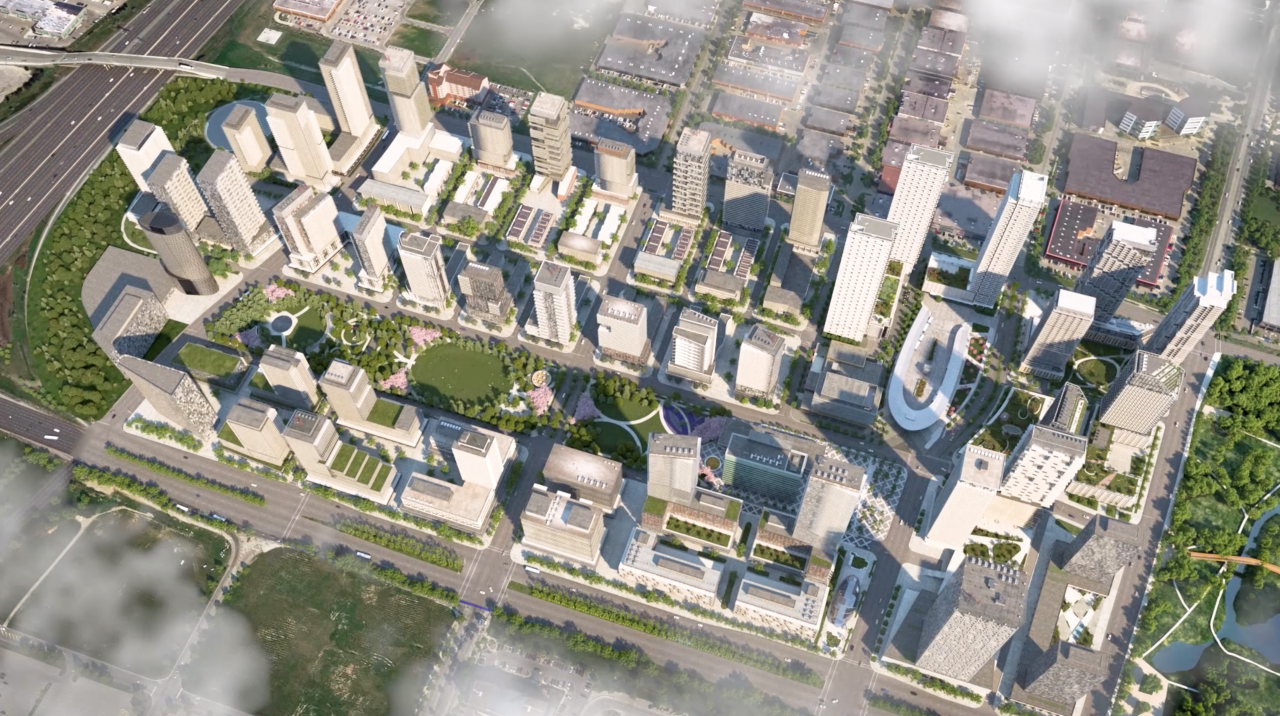 Rendering of the
Rendering of the  Aerial image showing the current and new Walmart locations, image courtesy of SmartCentres REIT
Aerial image showing the current and new Walmart locations, image courtesy of SmartCentres REIT SmartCentres participates in the Lunchbox Challenge, image courtesy of SmartCentres REIT
SmartCentres participates in the Lunchbox Challenge, image courtesy of SmartCentres REIT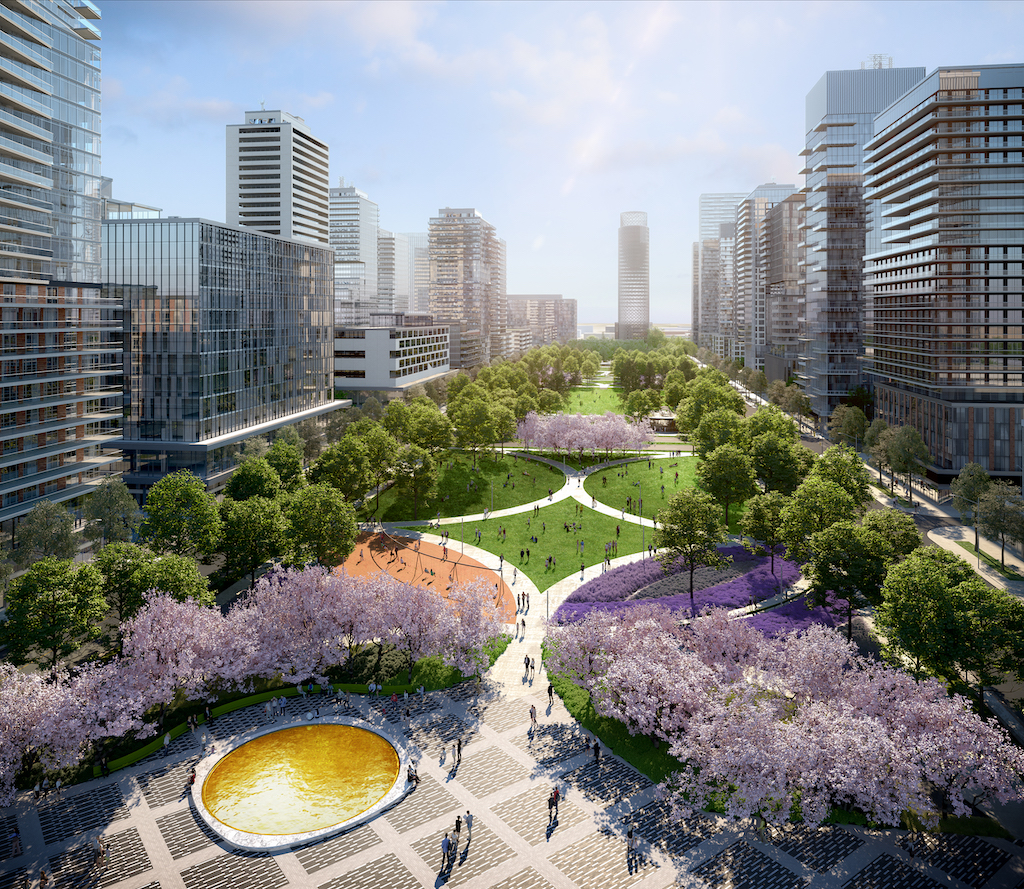 Central Park at
Central Park at 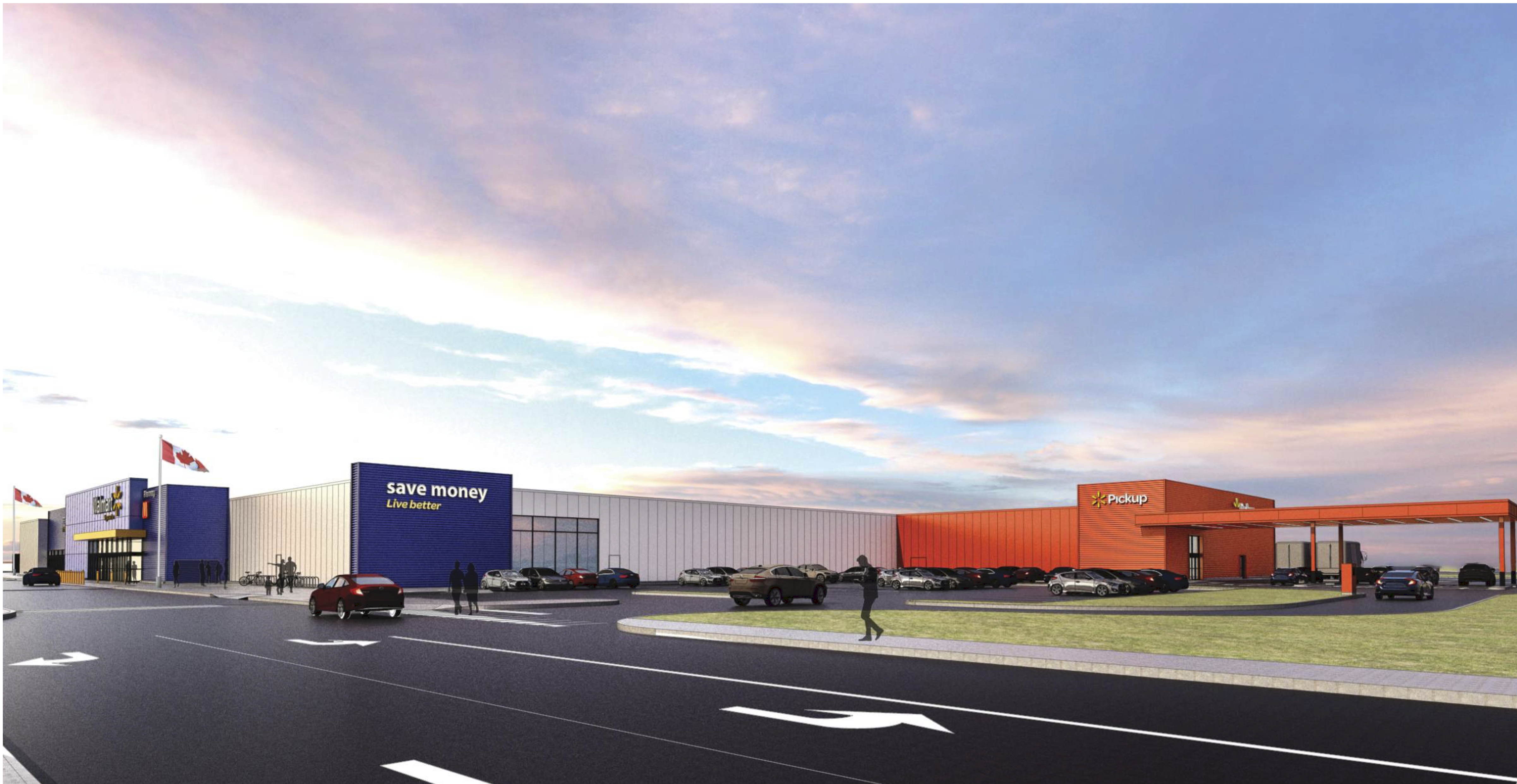 Rendering of the new Walmart facility, image courtesy of SmartCentres REIT
Rendering of the new Walmart facility, image courtesy of SmartCentres REIT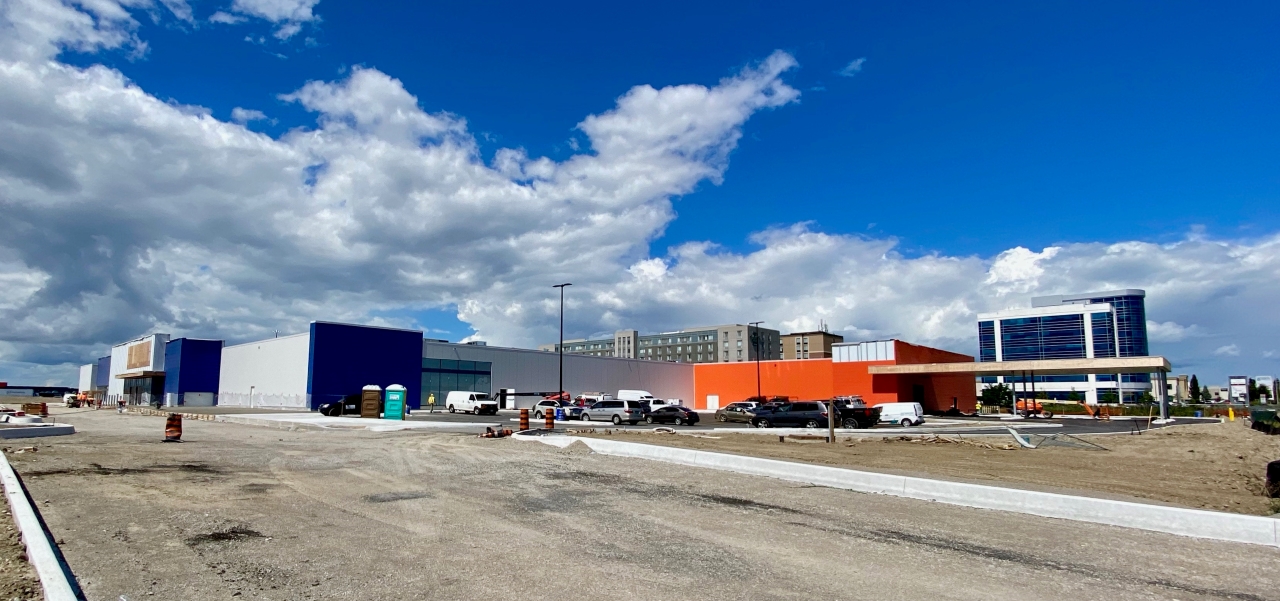 The new Walmart is expected to open in October 2020, image courtesy of SmartCentres REIT
The new Walmart is expected to open in October 2020, image courtesy of SmartCentres REIT
 View from Major Mackenzie, SmartCentres Vaughan Northwest, concept image courtesy of SmartCentres REIT
View from Major Mackenzie, SmartCentres Vaughan Northwest, concept image courtesy of SmartCentres REIT Landscape plan, SmartCentres Vaughan Northwest, image courtesy of SmartCentres REIT
Landscape plan, SmartCentres Vaughan Northwest, image courtesy of SmartCentres REIT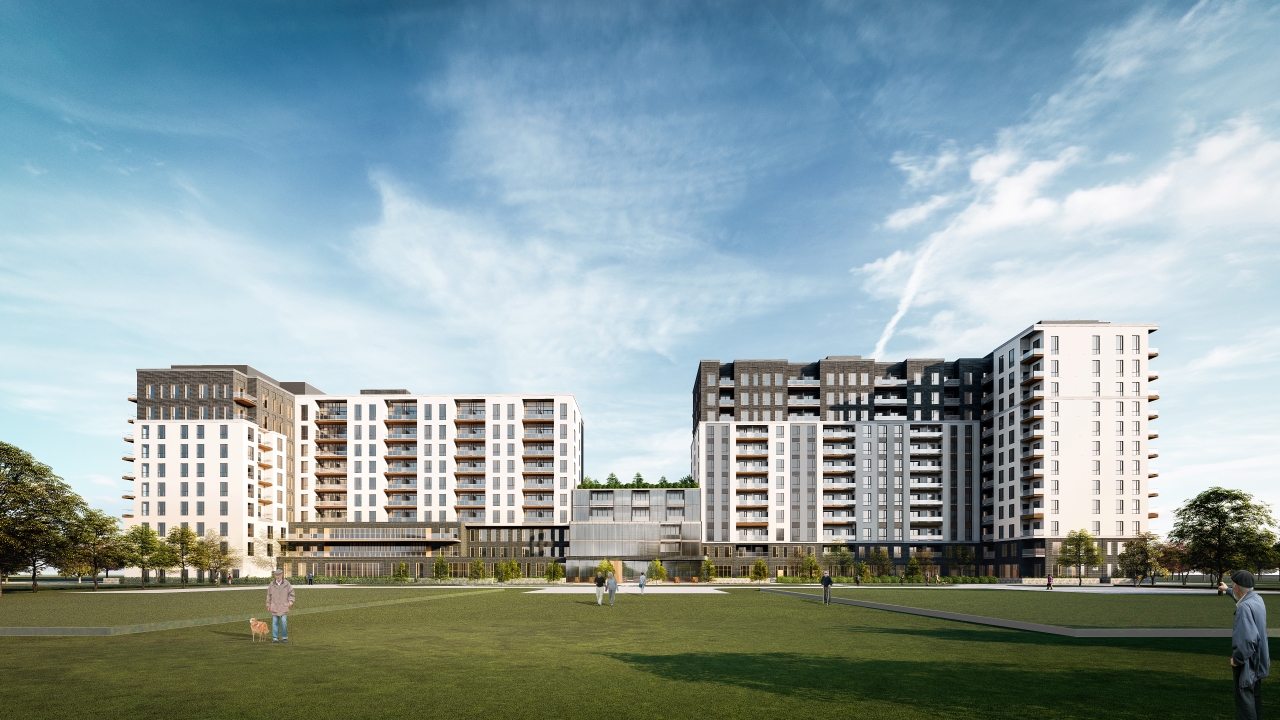 Seniors' residences, SmartCentres Vaughan Northwest, concept image courtesy of SmartCentres REIT
Seniors' residences, SmartCentres Vaughan Northwest, concept image courtesy of SmartCentres REIT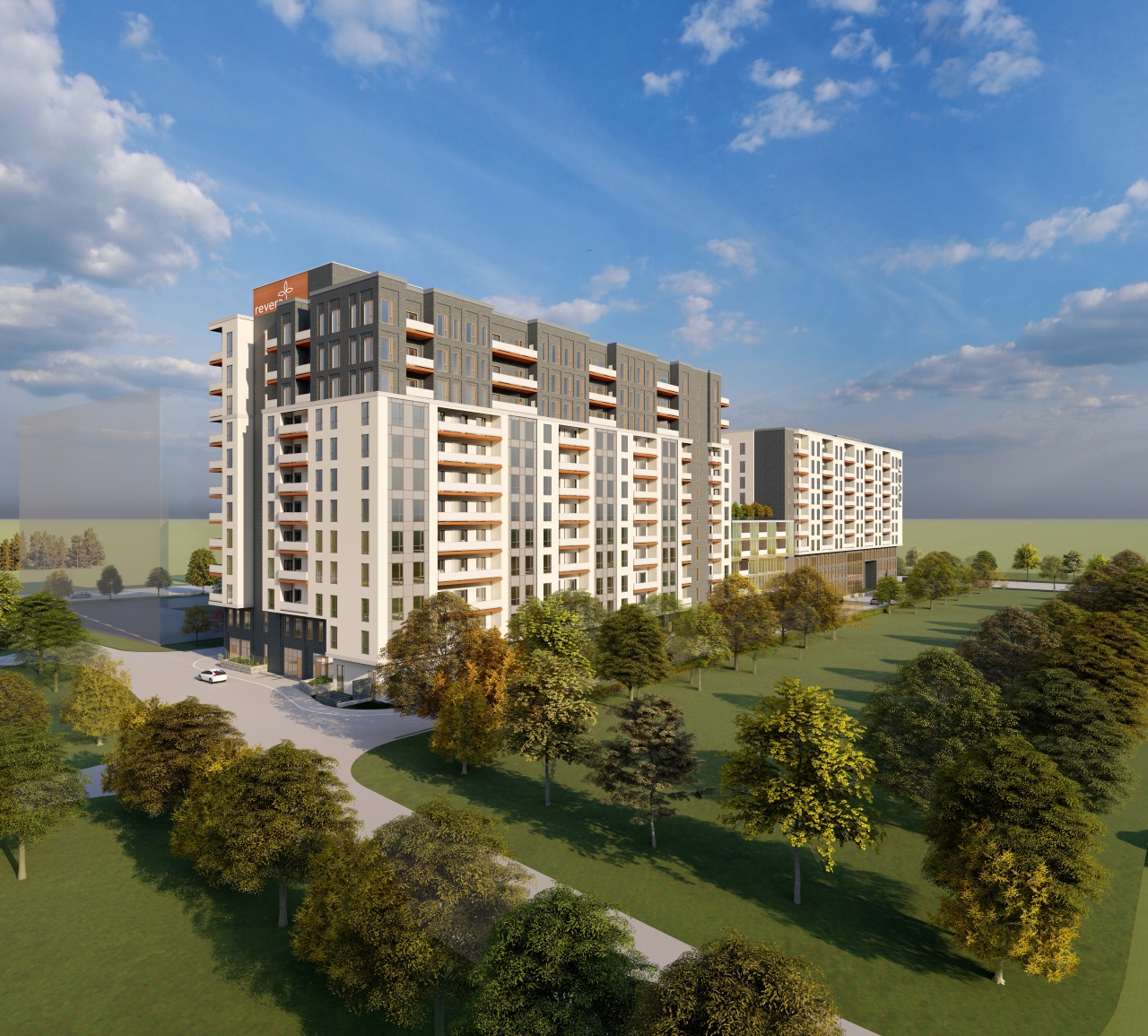 Seniors' residences, SmartCentres Vaughan Northwest, concept image courtesy of SmartCentres REIT
Seniors' residences, SmartCentres Vaughan Northwest, concept image courtesy of SmartCentres REIT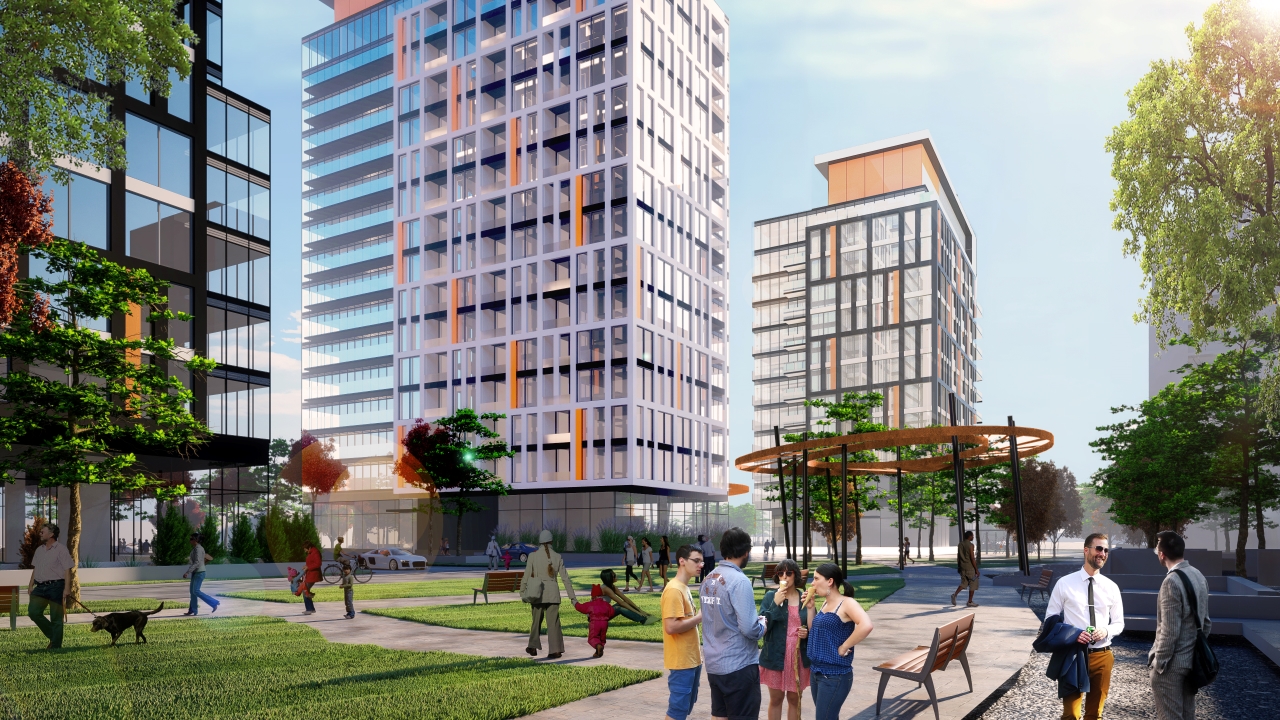 Internal park view, SmartCentres Vaughan Northwest, concept image courtesy of SmartCentres REIT
Internal park view, SmartCentres Vaughan Northwest, concept image courtesy of SmartCentres REIT Entry plaza, SmartCentres Vaughan Northwest, concept image courtesy of SmartCentres REIT
Entry plaza, SmartCentres Vaughan Northwest, concept image courtesy of SmartCentres REIT Master plan, SmartCentres Vaughan Northwest, concept image courtesy of SmartCentres REIT
Master plan, SmartCentres Vaughan Northwest, concept image courtesy of SmartCentres REIT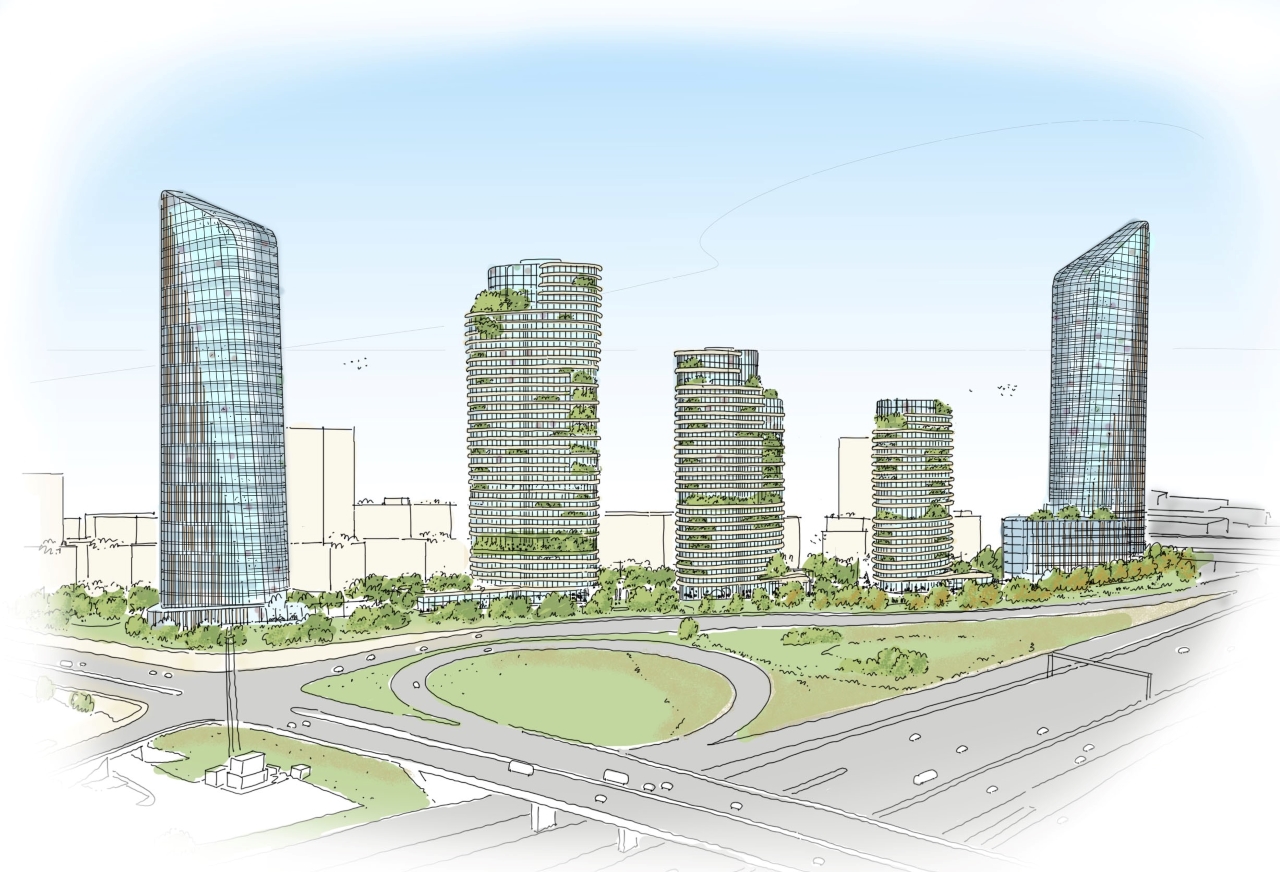 Looking northwest at the multi-tower development, image courtesy of SmartCentres
Looking northwest at the multi-tower development, image courtesy of SmartCentres Overview of the property, image courtesy of SmartCentres
Overview of the property, image courtesy of SmartCentres Site plan, image courtesy of SmartCentres
Site plan, image courtesy of SmartCentres View from Portage Parkway, image courtesy of SmartCentres
View from Portage Parkway, image courtesy of SmartCentres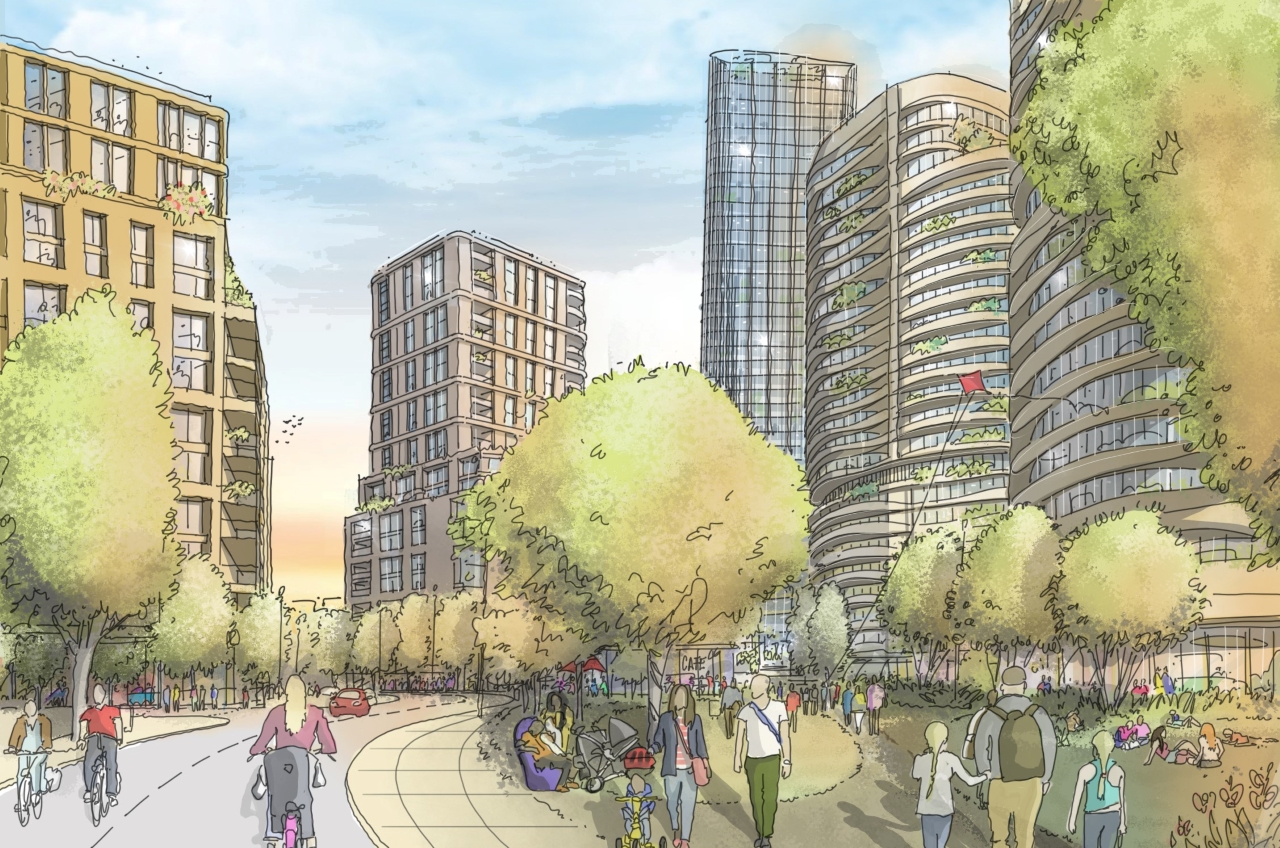 View from proposed POPS, image courtesy of SmartCentres
View from proposed POPS, image courtesy of SmartCentres